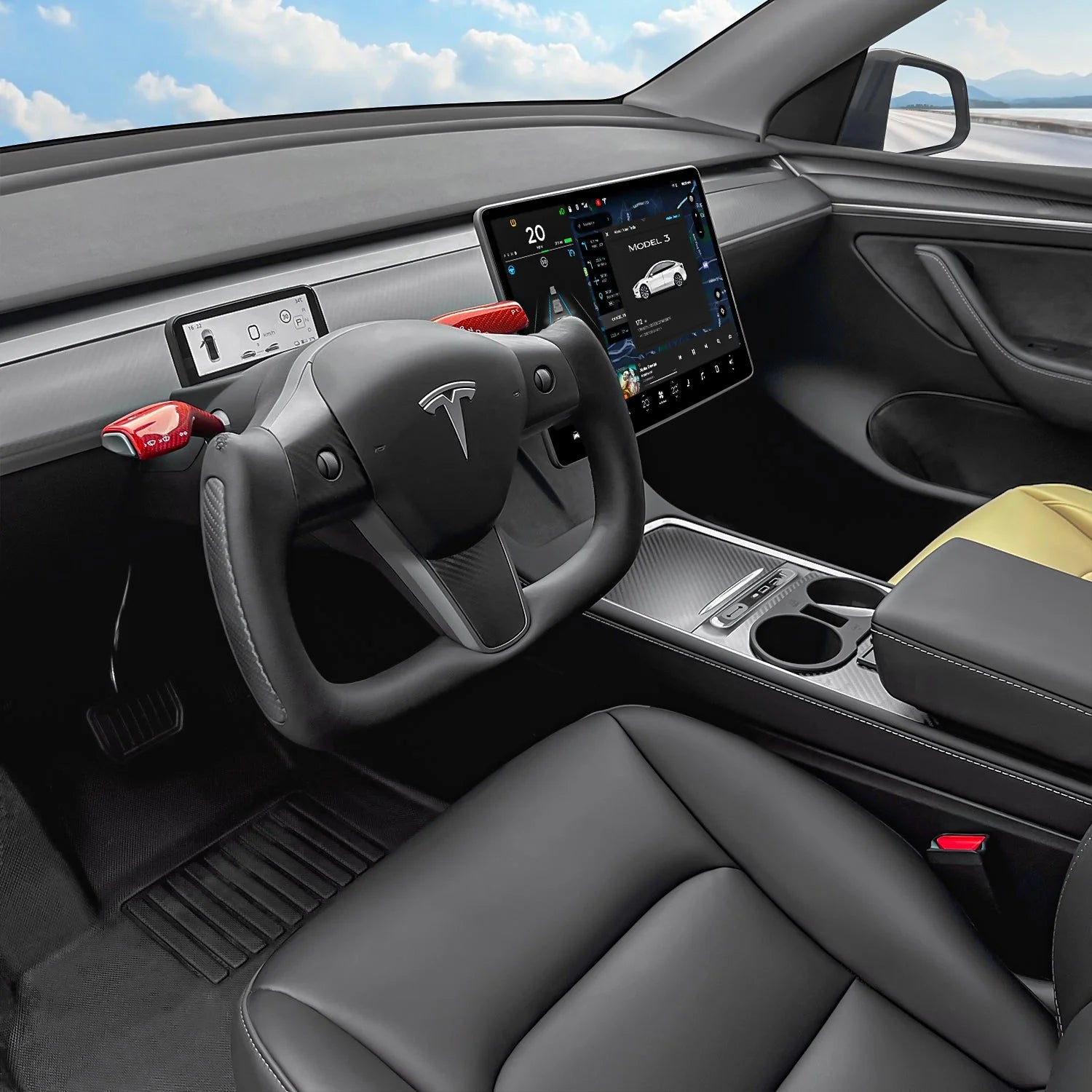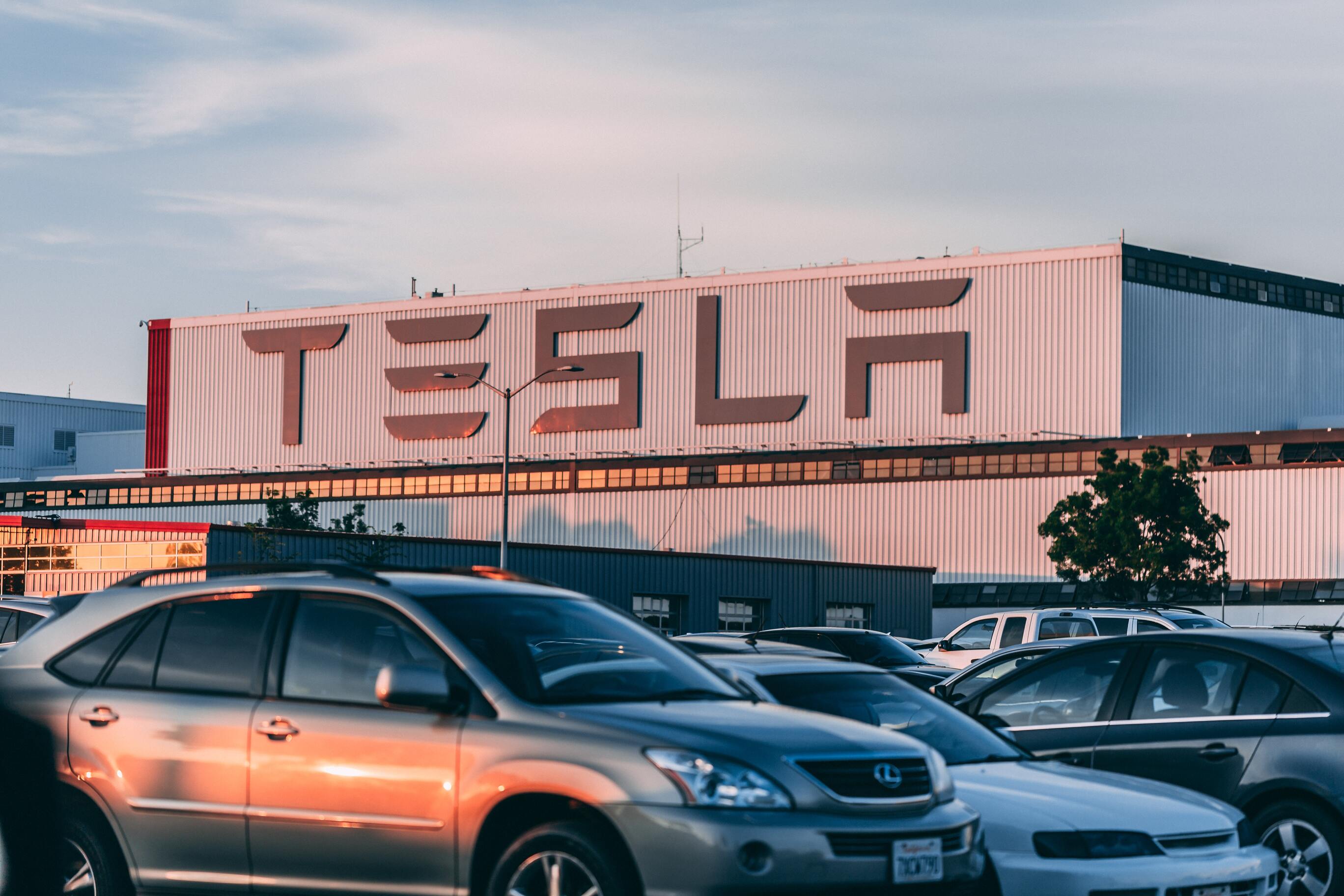Electric cars are becoming an increasingly popular choice for many people, but one question that often comes up is: how do you charge them? In this article, we'll be covering everything you need to know about charging electric cars, from charging at home to charging on the go. We'll also be discussing the different types of chargers available, as well as the battery life and durability of electric cars.
What are the most common charging options available?
Using chargers
When it comes to charging electric cars, there are a few different options available. The most common way to charge an electric car is at home, using a home charger. There are a few different types of home chargers available, including the Tesla home charger, the Nissan Leaf charger, and the level 2 charger. Tesla home chargers and the Tesla wall connector are specifically designed for Tesla electric cars, while the Nissan Leaf charger is designed for Nissan Leaf electric cars. Level 2 chargers are a more general option that can be used with any electric car.
Installing a home charger is relatively simple, and can typically be done by an electrician. Once it's installed, you'll be able to charge your electric car at home overnight, so that it's ready to go in the morning. If you're considering purchasing a home charger, it's worth comparing different options to see which one is best for you. For example, the Tesla wall connector is a faster charger than the level 2 ev charger, but it's also more expensive.
In addition to charging at home, you can also charge your electric car at public charging stations. There are two main types of public charging stations: level 2 charging stations and fast charging stations. Level 2 charging stations are similar to home chargers, and take a few hours to fully charge an electric car. Fast charging stations, on the other hand, can charge an electric car in a matter of minutes.
To find public charging stations, you can use apps like ChargePoint or PlugShare. Once you've found a charging station, you'll need to pay to use it, either through the app or by using a credit card. It's also worth noting that some public charging stations may only be available to certain electric car models, such as the Tesla Supercharger, which is only available to Tesla electric cars.
Another option for charging electric cars is on the go, using portable electric car chargers. These chargers are small and portable, and can be used to charge your electric car while you're away from home. There are a few different types of portable chargers available, including the 11kw portable charger and the 7kw portable charger.
When it comes to battery life and durability, electric cars typically have a battery life of around 8-10 years. However, the range of an electric car's battery may decrease over time. It's also worth noting that electric cars can charge while driving, using regenerative braking. This means that when you brake, the energy that's normally lost as heat is captured and used to charge the battery.
Final thoughts on electric car charging
In conclusion, charging electric cars is a relatively simple process, and there are a variety of options available, from charging at home to charging on the go. By understanding the different types of chargers available, you'll be able to choose the best option for you. Additionally, it's important to note that electric cars have a battery life of around 8-10 years, and that they can charge while driving.
Photo by Gustavo Fring



